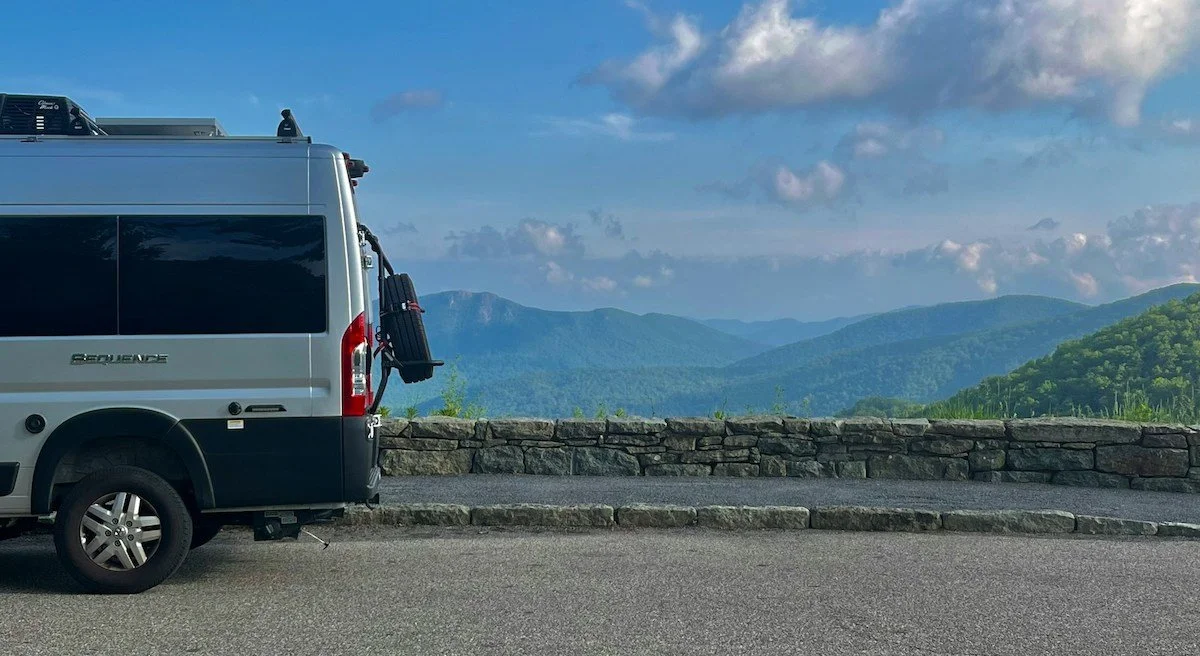Cruising through the Caribbean: How to Plan Your Sailing Route
/When I mention the Caribbean and sailing, what comes to your mind?
Maybe it's the warm, tropical waters, exploring the history that comes with romanticized visions of the golden age of piracy, or maybe it's just being like Captain Jack Sparrow, and drinking rum on a beach; except you may prefer it on a cocktail glass instead of a round glass bottle.
While the pirates of that Golden Age may be long gone, and the routes that modern ones trek are closer to South East Asia and South America than the Caribbean itself, you can still find many treasures in this equatorial region and paradise, for as Jack said, "Not all treasure is silver and gold mate."
Therefore, let me show you the best of a vastly travelled sailing route and how to make trading your doubloons worthwhile and hopefully, create treasured memories and a potential return journey, making it a well-travelled journey for you too.
Choosing your vessel
At the height of its trade, the Caribbean ports would trade in anything from salt to spices and this also included the port's shipyards where new vessels would be purchased.
From schooners to galleons, yacht brokers would aim to sell the perfect vessel that made the waters a fast and powerful journey. A bustle of activity, the yards were the sales market of their day.
These days, dealers do much more in a showroom than at the dock, but they're still the trading bodies, giving you the perfect deal for a new or preloved boat.
You also have a wider choice, with those such as a traditional sailing yacht or those with a powerful motor, instead of having to haul a rope and line.
Itinerary and Checking Weather Forecast
As the Caribbean is a humid and equatorial part of the world, it can be important as to when you choose to set sail and where to chart your course.
This is where it is wise to check the weather forecast a week or two before you set off, so as to not upset your itinerary plans.
This way you have the best chance of avoiding major swells and wind. Nonetheless, Caribbean weather patterns are well studied and documented.
As tropical storms and hurricanes can be prevalent in the Caribbean region, it is best to travel during the summer months of May to July, when they are low, with May being your ideal warm month.
Laws, Travel Protocols and Immigration Entry
As the Caribbean Islands are a multitude of governing countries with their own legal protocols and customs, it is wise to research your specific locations before you intend to set sail.
This has become a main focus since the pandemic, which is why you should review what regulations and protocols they each have in place.
While this may cause you to think it inhibits your journey, it allows you to obey country laws and know how to enter into the country faster and with more ease.
This also helps you to see which sailing route, from Martinique to Grenada, works best for you as the main two tourist routes are popular and busy during the summer months.
This also allows you to get hold of any information and forms that you may need to obtain before entering immigration if and when you plan to make port and go ashore.
Countries in which to make port
When it comes to choosing your sailing itinerary, it can come down to how much time you have allowed to you and from which direction you are starting your journey. This can be determined by whether you are beginning in Europe or from the States.
If you're starting from the US, your first area will be the British Virgin Islands, on the route that includes Guadeloupe and Antigua.
Those countries of the British Virgin Islands are not to be confused with those of the British West Indies or the U.S Virgin Islands, and while there are major islands such as Barbuda and St Thomas that are popular ports, many islands are uninhabited and volcanic.
Therefore, if you are looking for a sailing trip where you can take in the scenery, these islands are absolutely stunning, with their cerulean waters and natural beauty.
If you're a fan of the Disney "Pirates of the Caribbean" franchise (or the , you can actually visit certain ports that gave inspiration or were indeed used for filming.
These include that of Port Royal in Jamaica and St Vincent, where the scenes were shot for the dramatized version, or indeed, Tortuga, located in Haiti, which was a real port frequented by pirates during the 18th century.
Conclusion
Therefore, when it comes to sailing through the Caribbean, remember to pick your correct vessel, check the forecast in order to align with your itinerary and check the laws and your starting point.
Bon Voyage!














